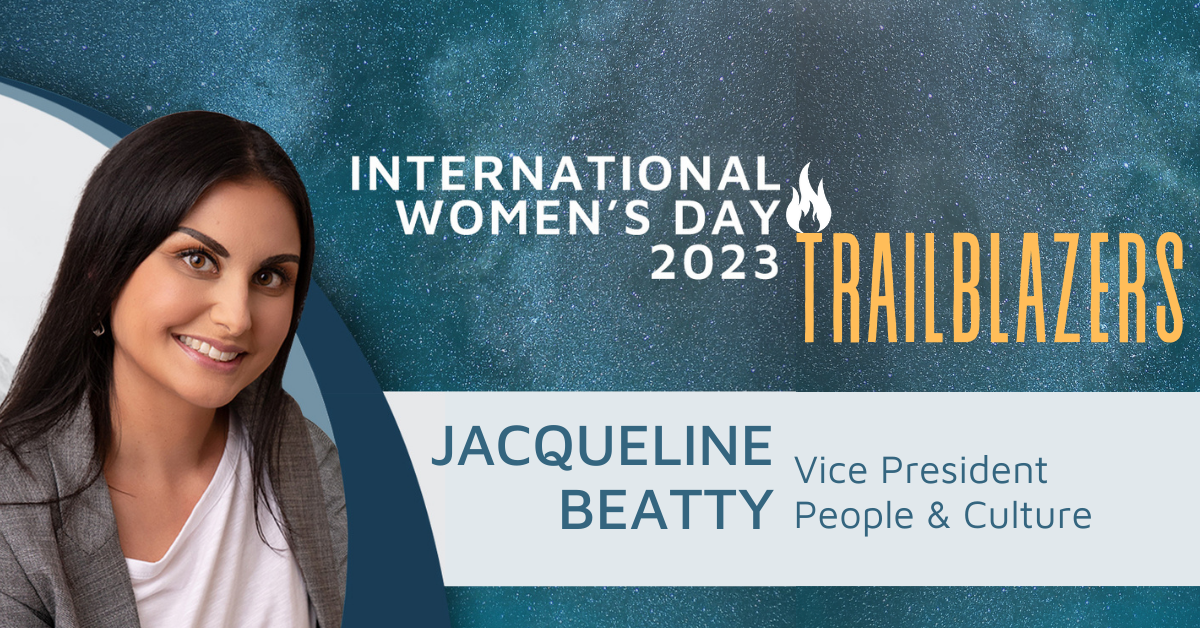A company’s brand is its most valuable resource. This explains why Direct Sourcing curators who leverage brand power are more likely to build sustainable talent pools filled with loyal, knowledgeable applicants.
As the talent acquisition landscape continues to adapt to a candidate-driven market amid talent shortages and an unsteady economic climate, workers are becoming increasingly aware of a business’s brand. According to a LinkedIn survey, 75% of candidates admitted to checking a company’s brand before applying to a position.
In part one of our three part series on employer branding, we’ve partnered with TalentNet – a pioneer SaaS provider powering direct sourcing technologies for leading brands – to explore how curators can use branding to their advantage while building successful candidate pools.
Why Branding Matters
Effective employer branding during Direct Sourcing campaigns doesn’t just attract top talent, it provides a significant cost savings.
According to a Harvard Business Review (HBR) survey that involved just over 1,000 full-time U.S. professionals, companies with an average of 10,000 workers spent around $7.6 million more in wages to make up for a bad reputation.
Those surveyed said they expected at least a 10% pay increase to work for a company with a negative brand image. Based on respondents, factors that led to a bad reputation included lack of job security, dysfunctional leadership and a poor team environment.
Part of the Team – Working With Branding Guidelines
As a third-party curator, Tundra’s team understands that their actions reflect the company’s brand. Without the proper support and company integration, it’s difficult to leverage a business’s brand enough to build successful talent pools
Before reaching out to applicants, it’s important for curators to work with each company to become an extension of their brand.
This is done through:
- Understanding an organization’s unique Employee Value Proposition. This is the answer to, ‘Why should I work here?’ As a curator, it’s essential that you know the benefits of working for a company, along with its career growth opportunities and work culture.
- Resource sharing. A curator should feel like a part of the team. This includes sharing any technical resources, being included in meetings, and going through an onboarding process.
- Effective communication and email branding. When it comes to talent acquisition, communication is key. Every piece of communication should reflect the company’s voice. Third-party curators should have access to branded signatures for emails.
- Social presence. Social media is essential to an employer branding strategy, both for hiring managers and curators. Ideally, these two parties should work together by reposting each other’s content or planning the timing of curator posts to leverage their social networks.
A Technical Strategy – Using Talent Acquisition Platforms for Seamless Branding
Technical platforms can help accelerate your branding strategies and amplify the network effect, which increases referrals and the impact of curated content as more members join and contribute. Tundra’s partnership with TalentNet allows the Direct Sourcing curator to take advantage of their clients’ brand strength in order to attract new talent from around the world. Curators like Tundra are also able to engage known incumbent talent for a more holistic hiring strategy.
Through TalentBench, curators are able to easily communicate with clients using each client’s brand while building and organizing a sophisticated talent pool.
Building Sustainable Talent Pools
In order to effectively develop a skilled talent pool, it’s important to understand what applicants are looking for.
The same HBR survey that examined negative company reputations also found that candidates are most interested in working with a company that has stability, career growth opportunities and a talented, collaborative team.
A joint study by MIT Sloan Management Review and Deloitte found that 70% of workers aged 22 to 60 are interested in working for digitally mature companies.
Keeping that in mind, some promising branding strategies include:
- Using gamification to attract digitally savvy hires. Game-like elements, like badges and leaderboards, can keep applicants engaged in the talent acquisition process and improve candidate experience while positioning companies as innovative and tech forward.
- Social media campaigns. This is a great way to show off a company’s positive attributes to a wide audience. Be sure to use the right tone based on your ideal candidate and leverage Tundra curators, who have large candidate networks, on LinkedIn to drive more candidates to open roles.
- Leveraging talent acquisition tech. Hiring platforms like TalentNet support employer branding initiatives through features like TalentMobility, which allows current employees to apply for other positions, thereby feeding top talent back into the talent pool. Other features include job description optimization, which uses GPT 3.5 to help curators quickly write engaging job descriptions.
- Embracing partnerships. Tundra works with TalentNet to effectively leverage employer branding while streamlining the application process. Tundra uses a 4-tiered talent system to ensure top known talent is being engaged along with screened and public talent.
Branding That Resonates
Building effective talent pools is an essential part of any direct sourcing strategy. Without proper employer branding, it’s difficult to find engaged, loyal talent who are eager to be part of your team.
For curators like Tundra, it’s important to work with an effective online platform while understanding each client’s employee value proposition.
To learn more about Tundra, click here.
To see how TalentNet’s platform works, book a demo.














